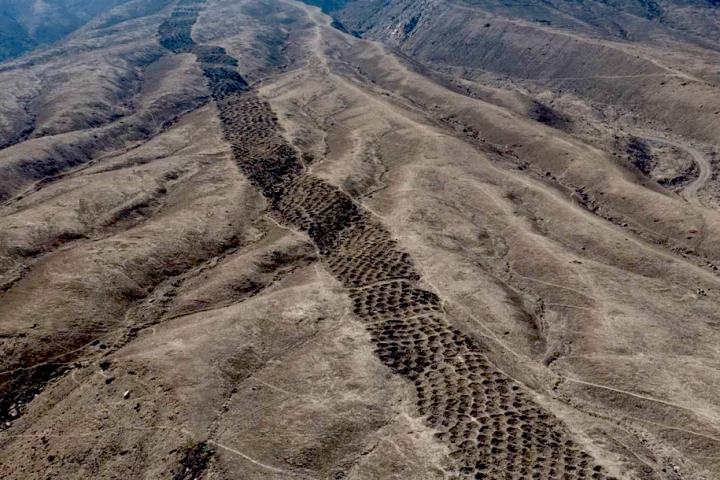Given that icebreakers clear a path for other ships by traveling through the ice head-on (or sometimes butt-on), then in order for one of them to clear a wider path, it would have to be wider and thus larger overall ... right? Well, Finland’s Arctech Helsinki Shipyard is taking a different, more efficient approach. It’s in the process of building an asymmetric-hulled icebreaker that can increase its frontal area, by making its way through the ice at an angle of up to 30 degrees.
Arctech refers to the ship as “Icebreaking rescue vessel NB 508,” although according to a report in New Scientist, it’s also known as the Baltika. It’s being built for the Russian Ministry of Transport, and will be used not only for icebreaking, but also for rescue and oil spill cleanup duties in the Gulf of Finland.

The ship will be moved along by three propulsors on its underside, each one of which can rotate 360 degrees. This means that it will have no problem moving forwards, backwards, or sideways. By hitting the ice at an oblique angle, it will be able to clear a 50-meter (164-foot)-wide path – not too shabby, considering the NB 508 itself will have a breadth of only 20.5 m (67 ft), and a length of 76 m (249 ft).
Three diesel generators will provide a total power of 9 MW and a total propulsion power of 7.5 MW. That should be enough to send it through ice up to 0.6 meter (2 ft) thick when moving sideways, or 1 meter (3.3 ft) when going bow- or stern-first.
The NB 508 was designed by Aker Arctic Technology, and has been under construction at Arctech since June 28. It’s scheduled for delivery to the client by next spring (Northern Hemisphere).
Source: Arctech Helsinki Shipyard via New Scientist






